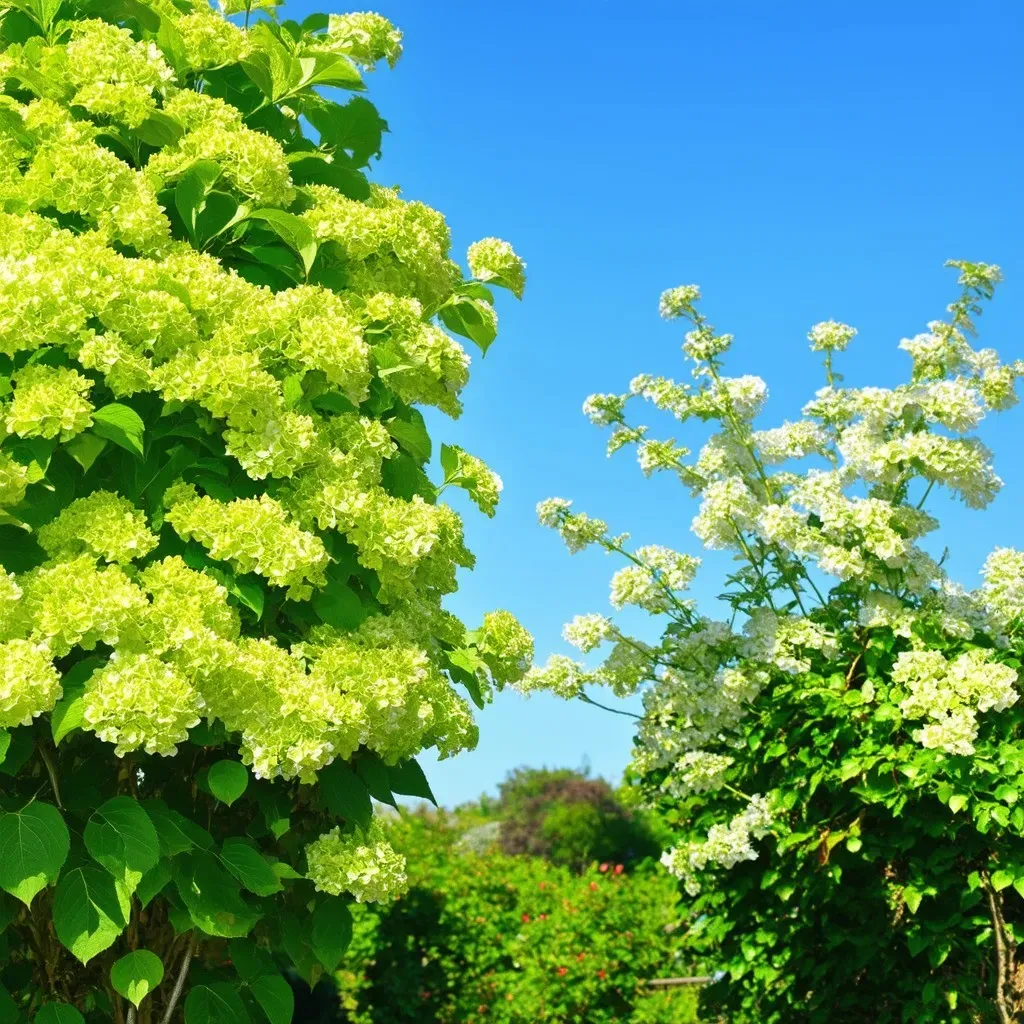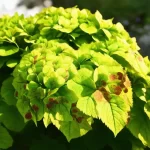When your limelight hydrangea tree begins drooping, it can be concerning. Factors such as weather conditions, soil moisture, and health issues can all play a role in this phenomenon. Understanding the reasons behind your Limelight Hydrangea tree’s drooping will help you restore its health and prevent future occurrences.
Understanding Limelight Hydrangea Trees
Limelight Hydrangeas are renowned for their stunning display of large, 10-inch blossoms that bloom in shades of pale green, transitioning to soft white, cream, and pink as the seasons progress. They are popular choices for gardens due to their cold-hardiness, drought tolerance, and low maintenance needs. Despite these resilient qualities, they can still exhibit drooping, particularly in unfavorable conditions.
Common Reasons for Drooping
-
Underwatering or Overwatering
- Hydrangeas require a delicate balance of moisture. Excess water can lead to root rot, while insufficient water causes leaves to wilt and stems to droop.
-
Soil Conditions
- Poor drainage or compacted soil can impede root growth, causing stress to the plant and leading it to droop.
-
Weather Conditions
- Heavy rain or extreme heat can weigh down the blooms, causing drooping. In particular, Limelight Hydrangeas absorb significant moisture, making them heavy.
-
Nutrient Deficiency
- Lack of essential nutrients in the soil can lead to poor health in your hydrangea, resulting in drooping stems.
Signs of Healthy vs. Drooping Limelight Hydrangeas
| Healthy Limelight Hydrangea | Drooping Limelight Hydrangea |
|---|---|
| Firm, upright stems | Limp, dangling stems |
| Vibrant, lush leaf color | Yellowing or wilting leaves |
| Abundant blooms | Sparse or fewer flowers |
Solutions for Reviving Drooping Limelight Hydrangeas
1. Assess Watering Needs
It’s crucial to know when and how much to water your hydrangeas. Here’s a simple guide:
- Check Soil Moisture: Use your finger to check the soil 1-2 inches below the surface. If it’s dry, water deeply.
- Schedule Watering: Water your plant early in the morning or late in the afternoon to reduce evaporation.
2. Proper Mulching
Mulching can significantly help retain soil moisture and regulate temperature. Use organic mulches like pine straw or bark to cover the soil around your hydrangeas which helps:
- Maintain moisture levels
- Insulate roots against heat
3. Improve Soil Conditions
A well-draining soil structure is essential for healthy root systems. Consider the following recommendations:
- Test Soil Drainage: Dig a hole and fill it with water; if it’s still there after an hour, your soil may not be draining properly.
- Amend Soil: Consider adding compost or peat moss to improve drainage and nutrient levels.
4. Pruning for Improvement
If drooping occurs mainly after heavy rains, trimming back some of the lower branches can alleviate the weight. Here’s how to do it safely:
- Use sharp, clean pruning shears to avoid tearing.
- Aim to prune after flowering to maintain the desired shape for the next growing season.
Common Myths About Hydrangea Drooping
-
Myth: Drooping indicates illness.
- Fact: While drooping can sometimes signal stress or disease, it often results from temporary changes in soil moisture or environmental conditions.
-
Myth: Hydrangeas need to be watered every day.
- Fact: These plants thrive on consistent moisture but do not require daily watering. Overwatering can be just as harmful!

Reference Video
Preventing Future Drooping
Regular Maintenance Tips
- Fertilize Properly: Use a balanced fertilizer in early spring and mid-summer to ensure robust growth.
- Rotate Mulch: Every spring, replace the mulch layer to prevent fungal diseases.
- Watch for Pests: Keep an eye out for pests; aphids and spider mites can also cause drooping.
When to Seek Professional Help
Sometimes, professional intervention might be necessary. Consider these scenarios:
- Persistent drooping despite corrective measures: If your hydrangea shows no improvement after taking steps to rectify care, consider soil testing or consulting with a local horticulturist.
- Signs of disease: Wilting, discoloration, or Other persistent symptoms beyond drooping likely indicate a larger issue.
For more detailed guidance on caring for Limelight Hydrangeas, please check The Spruce.
Frequently Asked Questions (FAQ)
Q: How often should I water my Limelight Hydrangea?
A: Generally, Hydrangeas require about 1 inch of water per week, either from rainfall or through irrigation.
Q: Why do my Limelight Hydrangea flowers turn brown?
A: Brown flowers may be a result of drying out, disease, or insufficient nutrients. Ensure proper watering and fertilization.
Q: Is it normal for Limelight Hydrangeas to droop after heavy rain?
A: Yes, this can occur due to the heavy weight of the blooms when saturated with water. Normally, they will perk back up after drying out.
Q: Should I trim my Limelight Hydrangeas every year?
A: It is not necessary to trim every year, but light pruning after blooming can help maintain shape and encourage more vigorous growth for the upcoming season.

Understanding the factors that cause your Limelight Hydrangea tree to droop and taking proactive steps can ensure its vibrant health and beauty for years to come. Remember to observe your plants closely and adjust your care as needed!


